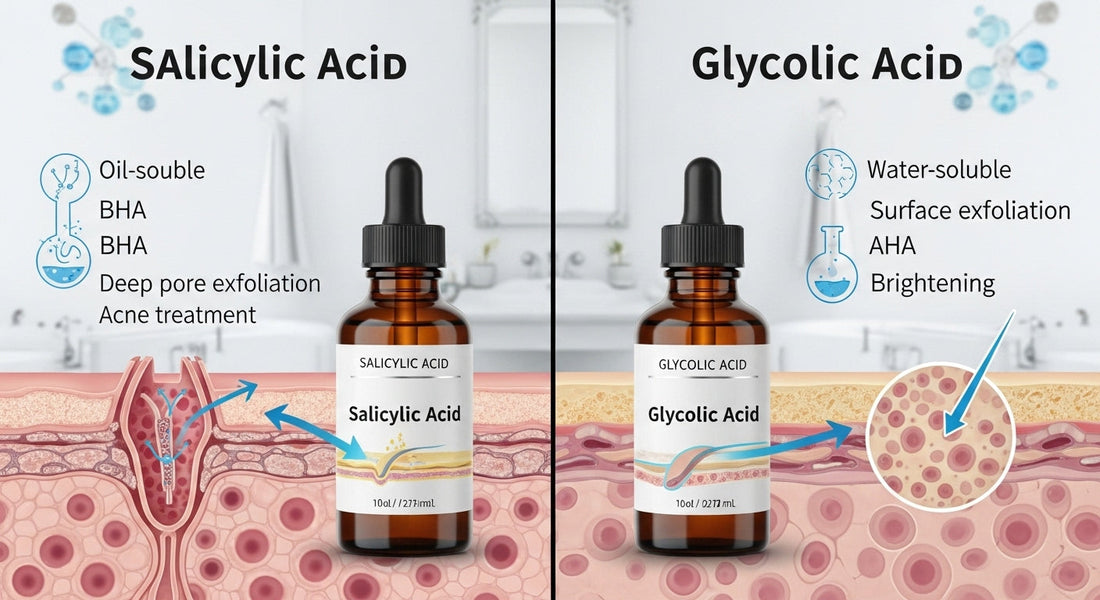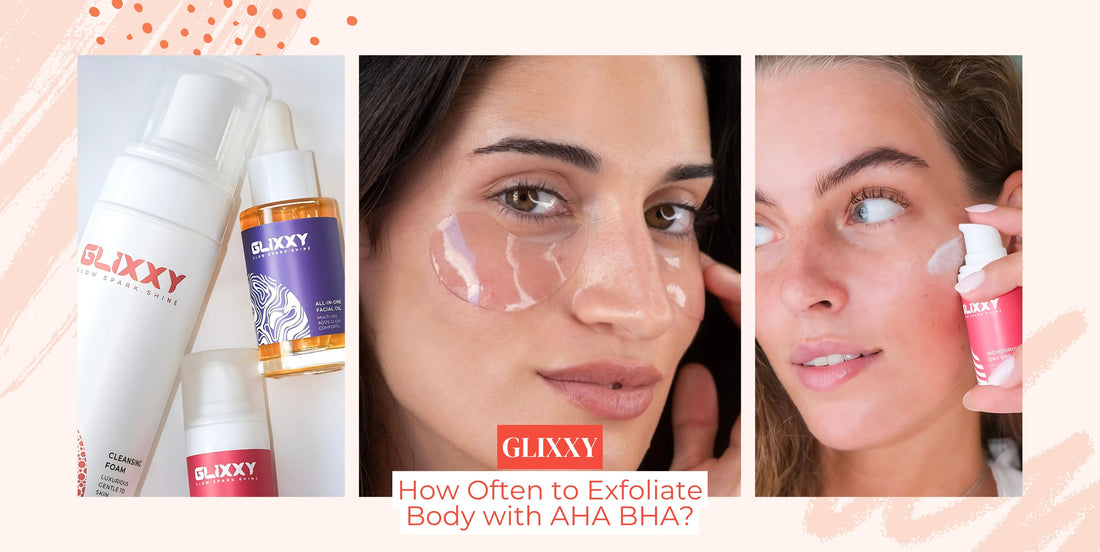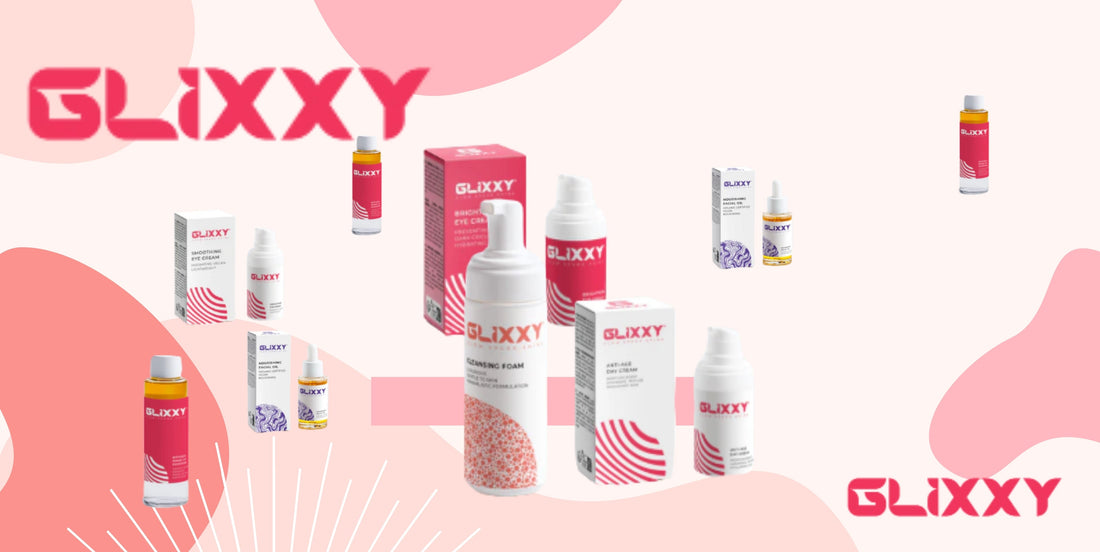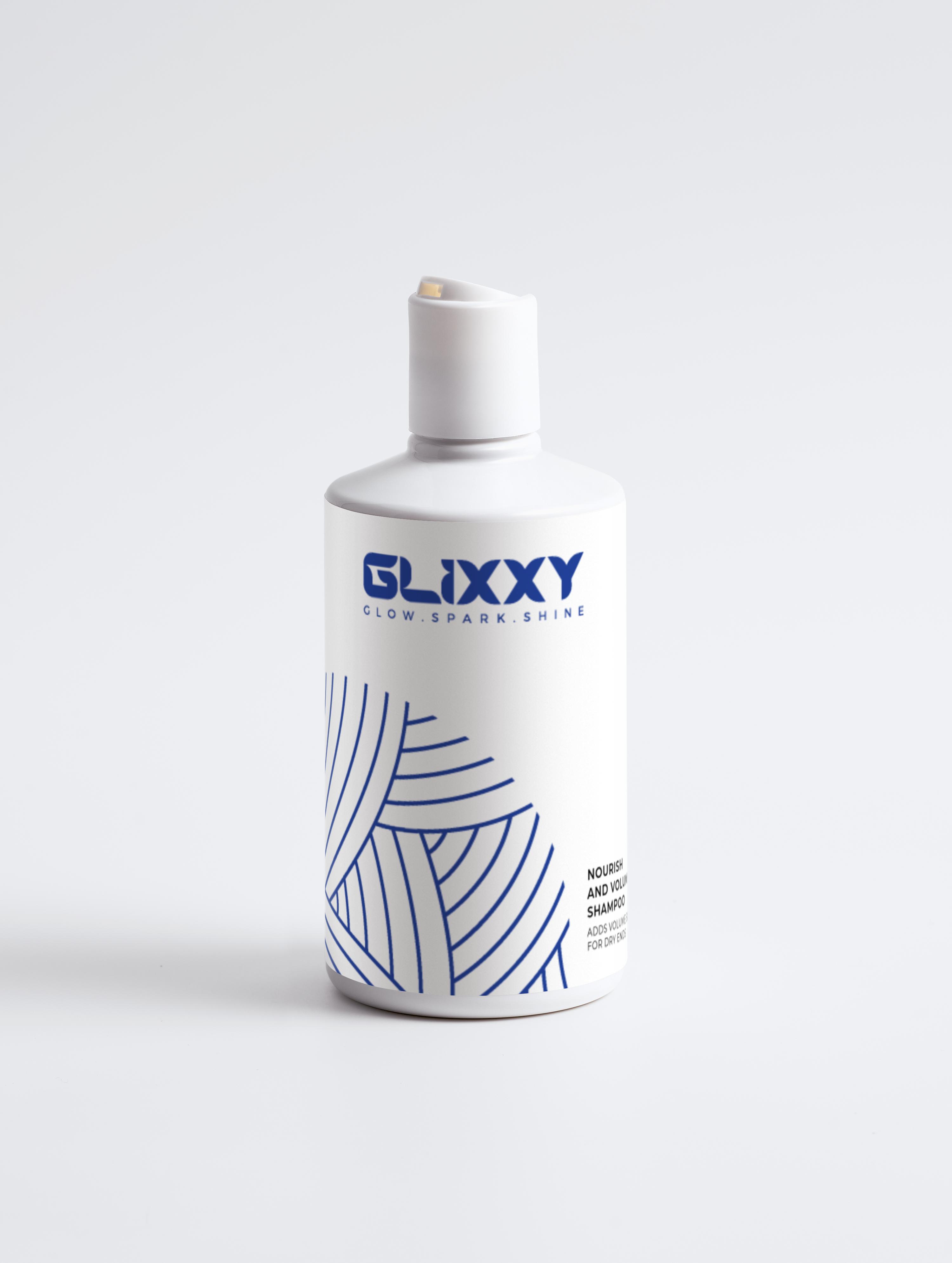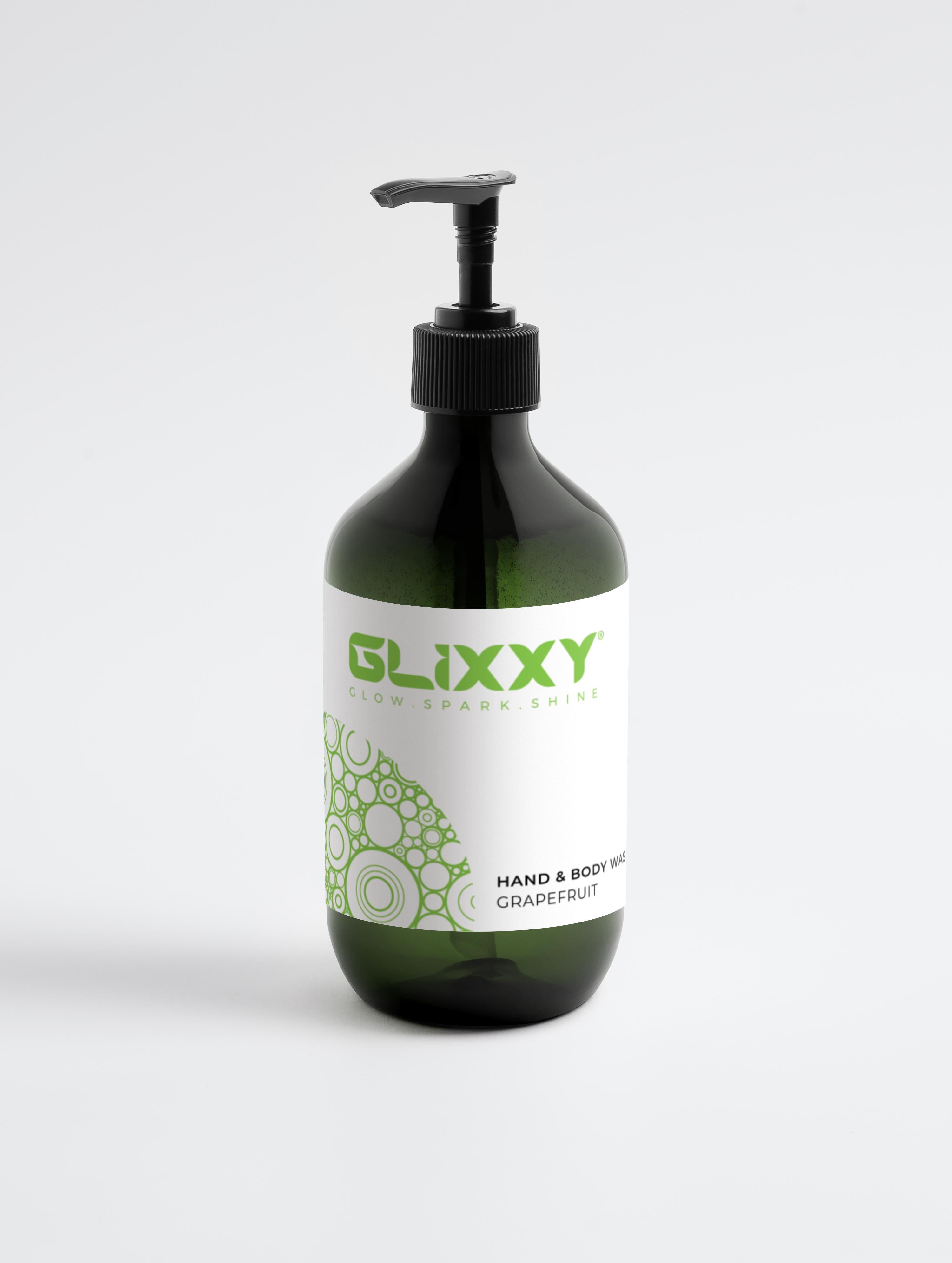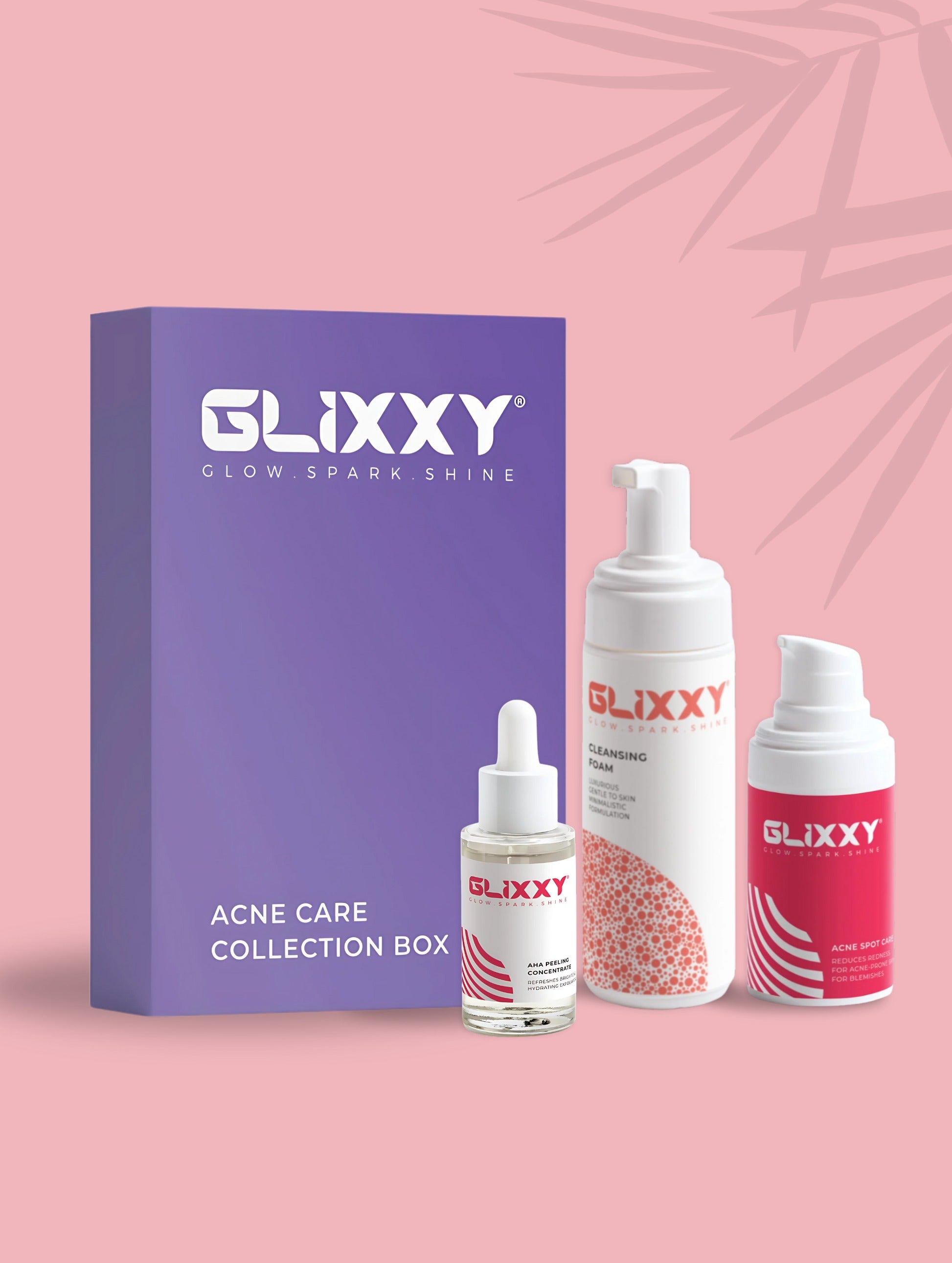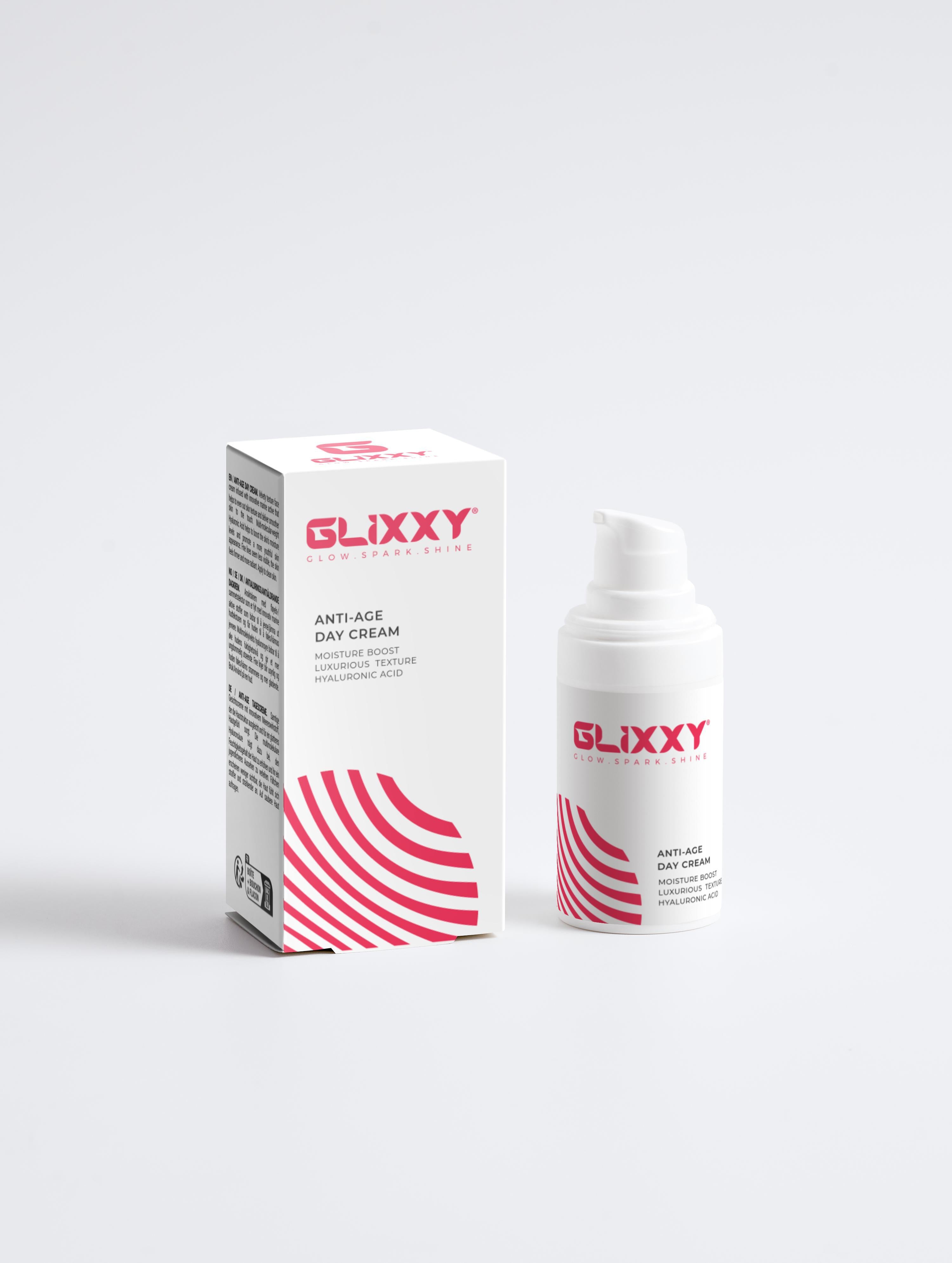Acne hits 85% of teens and over 23 million Europeans every year. So, if your skin has been wild lately, you’re far from alone.
I used to think it was just a teen phase (like awkward selfies), but it sticks around. And it’s not just about oily skin or forgetting to wash your face. It’s clogged pores, bacteria, inflammation, and sometimes your hormones lose it for no reason.
This guide isn’t a one-size-fits-all fix, but I want to help you understand what causes acne breakouts, what the best treatment for adult acne is, and daily tips to reduce acne.
When you get the why, skincare for acne-prone skin gets way less frustrating and way more doable, so let’s break it down.
The Science Behind Acne:
Acne isn’t just about having bad skin. No, it’s not that simple, and honestly, I wish someone had explained that to me years ago. Because once you understand acne causes, dealing with it becomes a whole lot less overwhelming.
So, here’s the science (chill, no jargon version):
The Biology of a Breakout:
Acne starts with clogged pores. That’s the start. It’s not dirty skin, laziness, or some skincare karma. Usually, your skin produces oil (called sebum) to keep things soft and healthy.
But when it makes too much, and that oil mixes with dead skin cells? Boom: clogged pore. That’s how we get those whiteheads and blackheads.
Now, this is where things get messy. There’s a bacterium called Cutibacterium acnes that naturally lives on your skin. Totally normal. But when it gets trapped in that clogged pore, it starts throwing hands. It is seen as a threat by your body, so it sends in the inflammation squad, and that’s how you end up with red, angry zits.
These are the reasons for pimples.
What Causes Acne Breakouts?
There’s technically a lot of stuff that triggers acne. Some of it is in your control, some isn’t. These acne causes can vary from person to person.
Here are the primary triggers.
Hormones:
This one is a huge trigger. Ever notice how your skin gets extra rude right before your period? That is because your androgens spike, and they tell your oil glands to go wild.
The same goes for puberty and conditions like PCOS. It is a whole hormonal rollercoaster.
Genetics:
Yeah, if your parents dealt with stubborn acne, there’s a solid chance your skin inherited the drama. This doesn’t mean you’re hopeless; it just means you need to work hard on your routine.
Stress:
I swear, every time I’m majorly stressed (finals week, job interviews, or just life living), my skin breaks out before I have even finished freaking out.
Stress raises cortisol, which can boost oil production, and you know the rest.
Acne Types to Watch Out For:

If you treat a tiny blackhead the same way you would tackle a deep cyst, it’s not gonna cut it.
Different breakouts need different game plans. Once you figure out what kind of acne you’re dealing with, everything else starts making more sense.
Blackheads & Whiteheads:
These are non-inflammatory acne. They happen when oil and dead skin team up to block a pore and form what’s called a comedo.
- Blackheads = open pores. The gunk oxidizes and turns dark (gross but harmless)
- Whiteheads = closed pores. Everything is trapped under the surface, like a stubborn person who won’t leave.
Papules, Pustules, Nodules & Cysts
Now, this is the real deal.
- Papules are red, sore bumps. There’s no visible pus, but they are inflamed.
- Pustules are the classic “pop me” zits. Red base, white top. Don’t pop them, though.
- Nodules & cysts? That’s advanced-level acne. Deep, painful, and the kind that sticks around. Nodules are hard, cysts are soft and filled with fluid.
These are the ones most likely to leave acne scars, so tread carefully.
Hormonal Acne:
You know the one. Always shows up on your chin, jawline, or lower cheeks, usually right before your period, stressful event, or both. As mentioned earlier, these are driven by androgen spikes.
Struggling with those monthly breakouts that hit like clockwork? Check out our Hormonal Acne Guide for a deeper dive.
Best Treatment for Adult Acne:
There are a lot of acne products out there. With the vast variety of options, it can get pretty overwhelming. Some of them work, some of them are just expensive disappointment in a tube.
So, let’s cut through the noise and get into evidence-backed acne treatments that actually have science behind them.
Over-the-Counter Treatments:
You don’t always need a prescription to make real progress. Some of the best acne fighters are already on the drugstore shelves. You have to know what to look for:
- Benzoyl Peroxide
- Salicylic Acid
- Adapalene (a retinoid)
Pro Tip: More isn’t better. Start slow, patch test, and give it time.
Crucial Skincare Routine:
If you are only doing one thing, make sure it is a solid, simple routine. Don’t opt for a 12-step chaos; instead, go for the essentials only if you are managing acne-prone skin.
Cleanser:
Use a gentle, non-stripping, and non-comedogenic cleanser. Using it twice a day is enough. And remember, there’s no need to scrub like your pores owe you money.
Moisturizer:
Every oily skin needs hydration. Start looking for oil-free or gel formulas that support your skin barrier without clogging you up.
SPF Protection:
It is essential if you are using actives like retinoids or acids. It is recommended to go for SPF 30+, every morning, no excuses.
With sunscreen, you can also prevent dark spots and irritation.
Lifestyle Adjustments
A few lifestyle tweaks can prove to be good acne prevention tips.
Here are a few things that you can follow:
Don’t pop pimples:
Popping pimples feels satisfying in the moment but usually makes things worse. It can lead to scarring and infection, so avoid it.
Makeup check:
Stick to non-comedogenic (pore-safe) products and always take them off before bed (no matter how tired you are).
Try relaxing:
Stress messes with hormones and makes your skin oilier. Yoga, journaling, and even deep breathing help. Your skin notices when you’re not constantly in panic mode.
Long-Term Prevention:
Acne is not just a one-time thing; it needs consistent care. Here’s how to stay on top of it long-term:
Exfoliate:
Exfoliation is good, but don’t overdo it. Use a gentle chemical exfoliant (like AHAs or BHAs) once or twice a week to keep skin smooth and pores happy.
Eat smart-ish:
Zinc and Vitamin E (found in stuff like nuts, seeds, and leafy greens) can support skin health from the inside out.
You don’t need to shift to a whole ‘clean girl diet,’ but a little balance helps.
Exfoliation is key for breakouts. Find out AHA vs BHA for acne-prone skin
Final Words:
Acne is tough, but you need to be tougher. With the correct info and a little consistency, clear skin is possible.
At Glixxy, we are all about making acne care simple, effective, and actually kind to your skin. We offer real solutions for real people.



